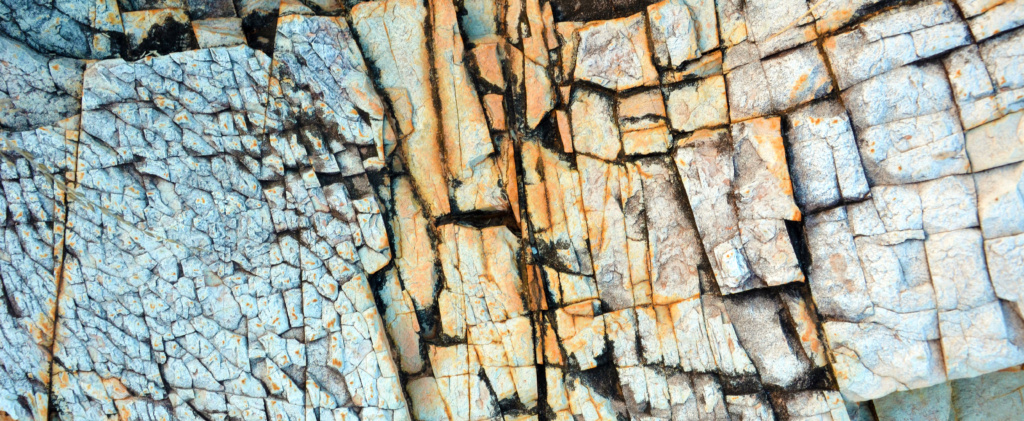There are two facets to fault and fractures in reservoirs. First, these features are often elusive due to limits in seismic resolution and a lack of acoustic contrast to properly delineate and categorize them; secondly it is very difficult to evaluate the sealing capacity of a given fault, or its capacity to restrict flow across it.
Fracture zones in reservoirs
Fracture zones present a number of challenges. While assumptions can be made about the nature of a fault system in a given region and for a given formation, fractured zones are more difficult to predict, and they may or may not conform with existing fault systems. Fractures zones can also occur at points of strong flexure. Regardless of the mode of formation, the significant difference in permeability relative to a formation’s normal matrix will affect the reservoir’s flow pattern.
Surrounding formations: depending on the thickness of surrounding formations above and below the target reservoir, connections to other porous rock units could be established, with a risk of losses or of accelerated water breakthrough.
Resoptima solutions: our uncertainty-centric workflows run the data conditioning of the subsurface model concurrently with history matching. Every uncertainty is represented in full detail, resulting in ensembles with millions of them. New data from e.g. new producing or new injection wells is added to the model as soon as it is available, so the ensemble evolves to continue to fit the entire available data old and new. By preserving every uncertainty that is not resolved by data, evolving circumstances can bring into focus possible reservoir characteristics that may have seemed improbable at the outset.

Fractured sandstones
Fractures, as well as offsetting formations, and potentially even minor displacement faults can create flow barriers due to the re-crystallization of minerals carried in seeping fluids. Seismic data has limits at resolving minor events. Modeling in Resoptima looks at the problem from a different angle, using production data from each individual well in a field to locate areas between wells that have flow barriers .

Fractured carbonates
While significant fracture systems can facilitate a rapid drainage of the reservoir formation, they can also be a conduit for water breakthrough, compromising the wells in their vicinity. Identifying the location of such fractures makes it possible to plan a drilling program that would avoid them and reduce the risk of premature water breakthrough.

